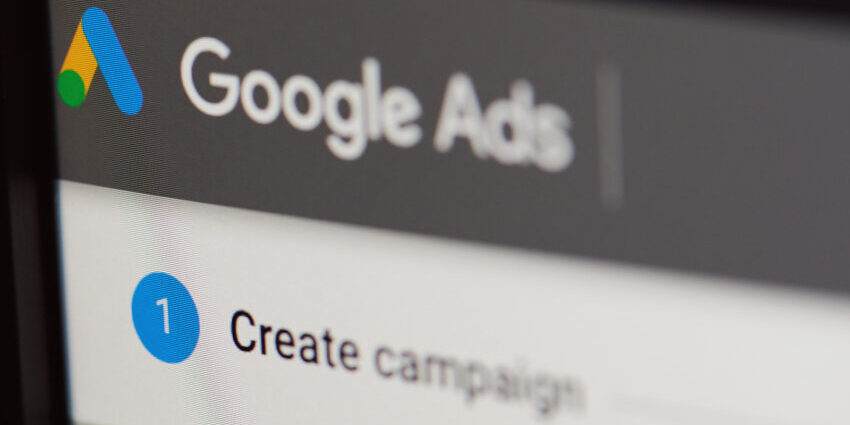The world of digital ads is constantly changing and Google Ads is no exception. If you’re unfamiliar with Google Ads, this blog may help catch you up to speed.
So, what’s happening and when?
Google recently announced that starting June 30, 2022, Google Ads users will no longer have the option to create new, or to edit existing, expanded text ads. Instead, advertisers will only be able to create or edit responsive ads in Search campaigns. Your existing expanded text ads will still be included in the ad auction to display on search engine results pages. It will also still be included in the cumulative data. At this point, while you won’t be able to make any edits to the text ads, you will still be able to pause or resume them as needed.
What does this mean to advertisers who are using Google Ads?
To provide some background, expanded text ads are a static ad made of up to three headlines and two descriptions. They are always displayed in a set order and the only variance is determined by the space that is available (i.e., you may only have a single headline or single description showing on a mobile device because of the limited space).
On the other hand, responsive search ads are built a bit differently. Responsive ads use a pool of up to 15 headlines (the more the better!) and four descriptions that are mixed and matched in order to best fit the search query for which that ad is serving. The resulting ads include up to three headlines and two descriptions at one time, depending on space. Over time, as each potential group of headlines and descriptions are displayed for users, Google collects data on each ad’s click through rate so advertisers know which combinations are having the most success for different queries.
So, back to what this means for advertisers. It means that after June 30, 2022, Google Ads will no longer include the option to create or edit expanded text ads. Instead, Google is recommending that advertisers create up to three responsive search ads for each ad group in your advertising campaigns.
Why should advertisers switch?
According to Google Ads’ Help Center, advertisers that make the change from static text ads to responsive search ads, have seen up to 7% more conversions (while maintaining a similar cost per conversion) than those who use expanded text ads. Google says it best,
“The more headlines and descriptions you enter, the more opportunities Google Ads has to serve ads that more closely match your potential customers’ search queries, which can improve your ad performance.” –Google Ads Help Center
It is worth trying out just based on this potential for improvement in campaign performance. Feeling daunted by the task of rewriting or reworking your ads? Contact aJuxt and see how we can help you get started!
Written by TinaKay Oliver || Google Analytics & SEO Consultant

